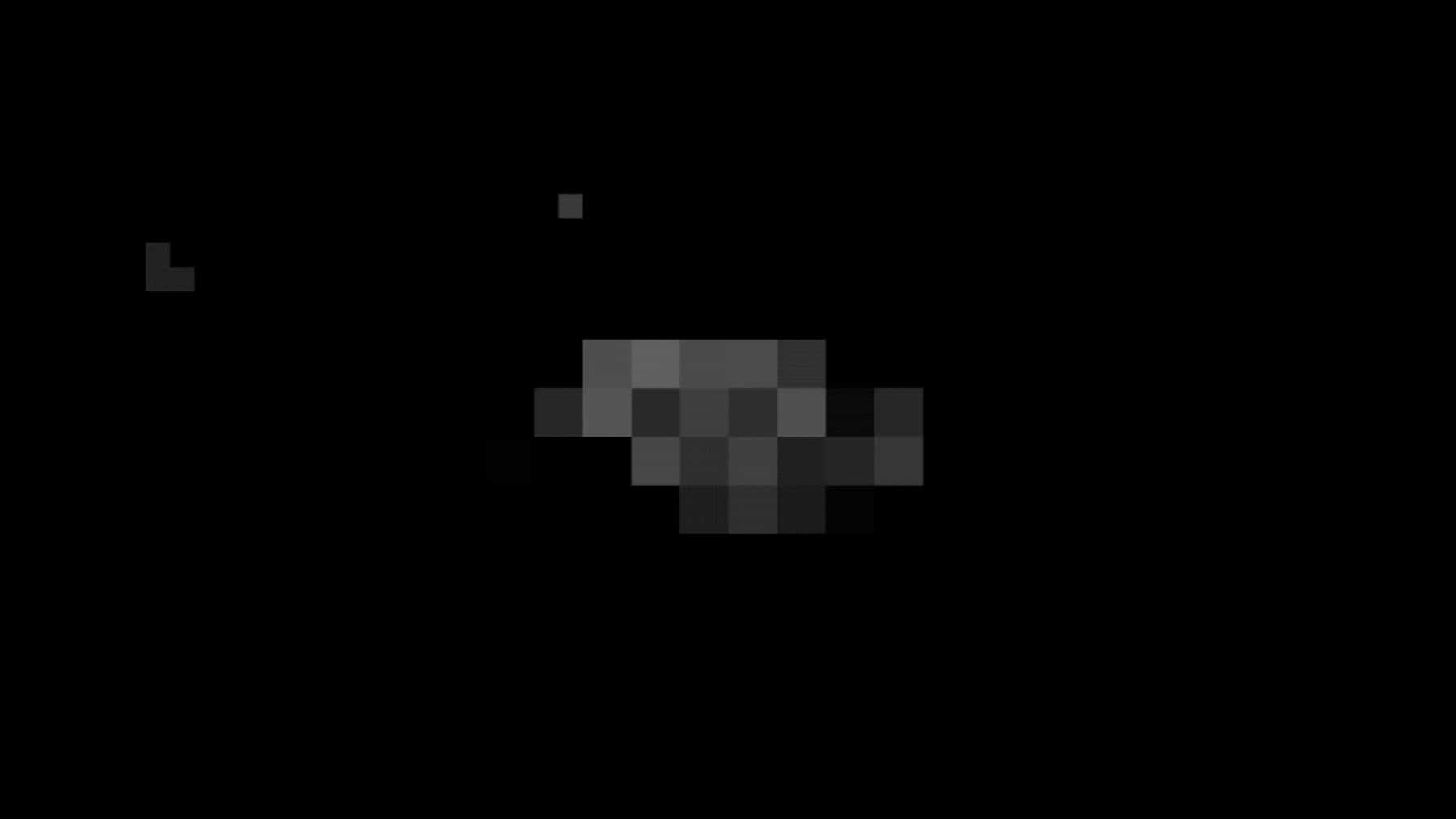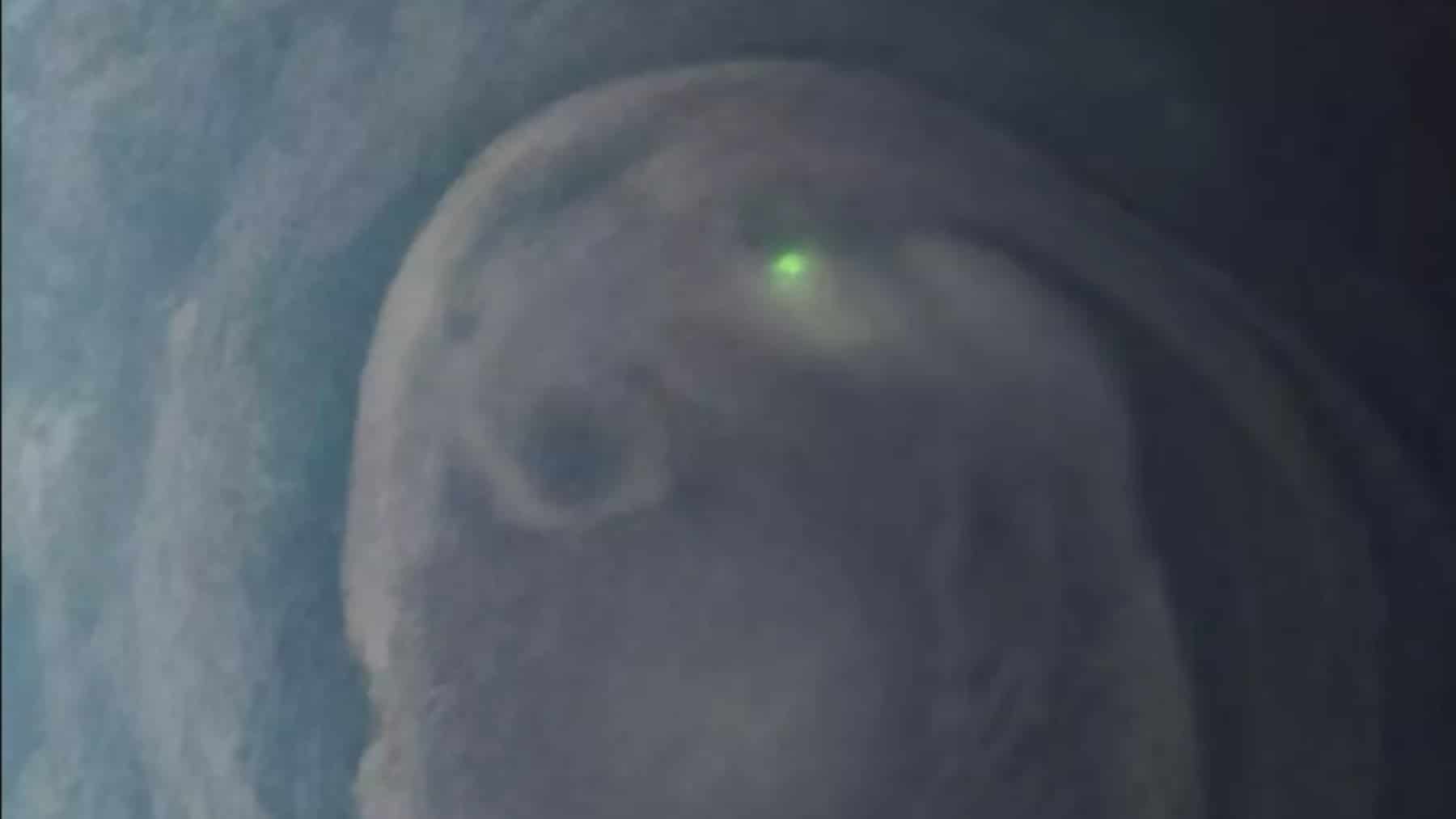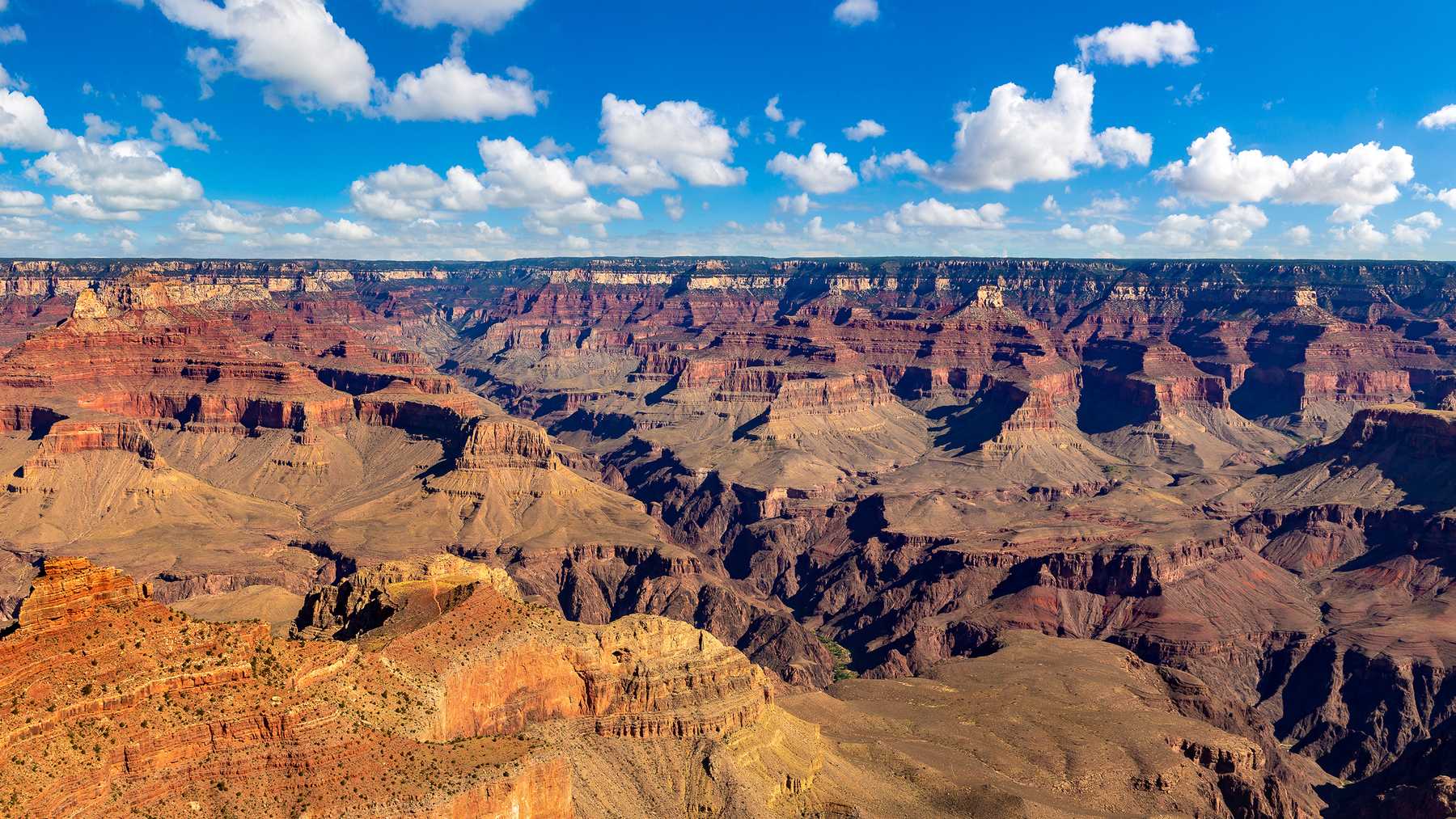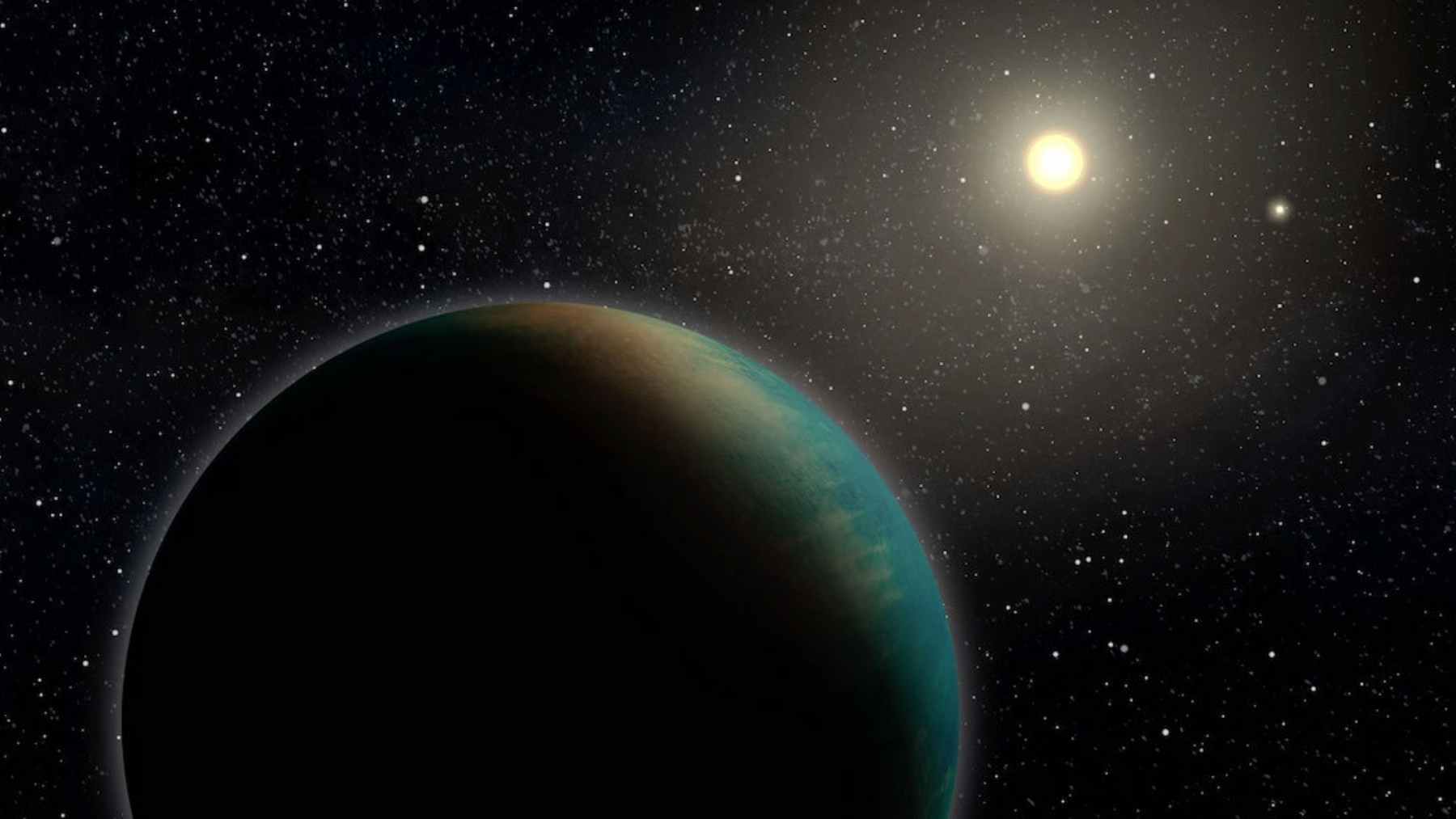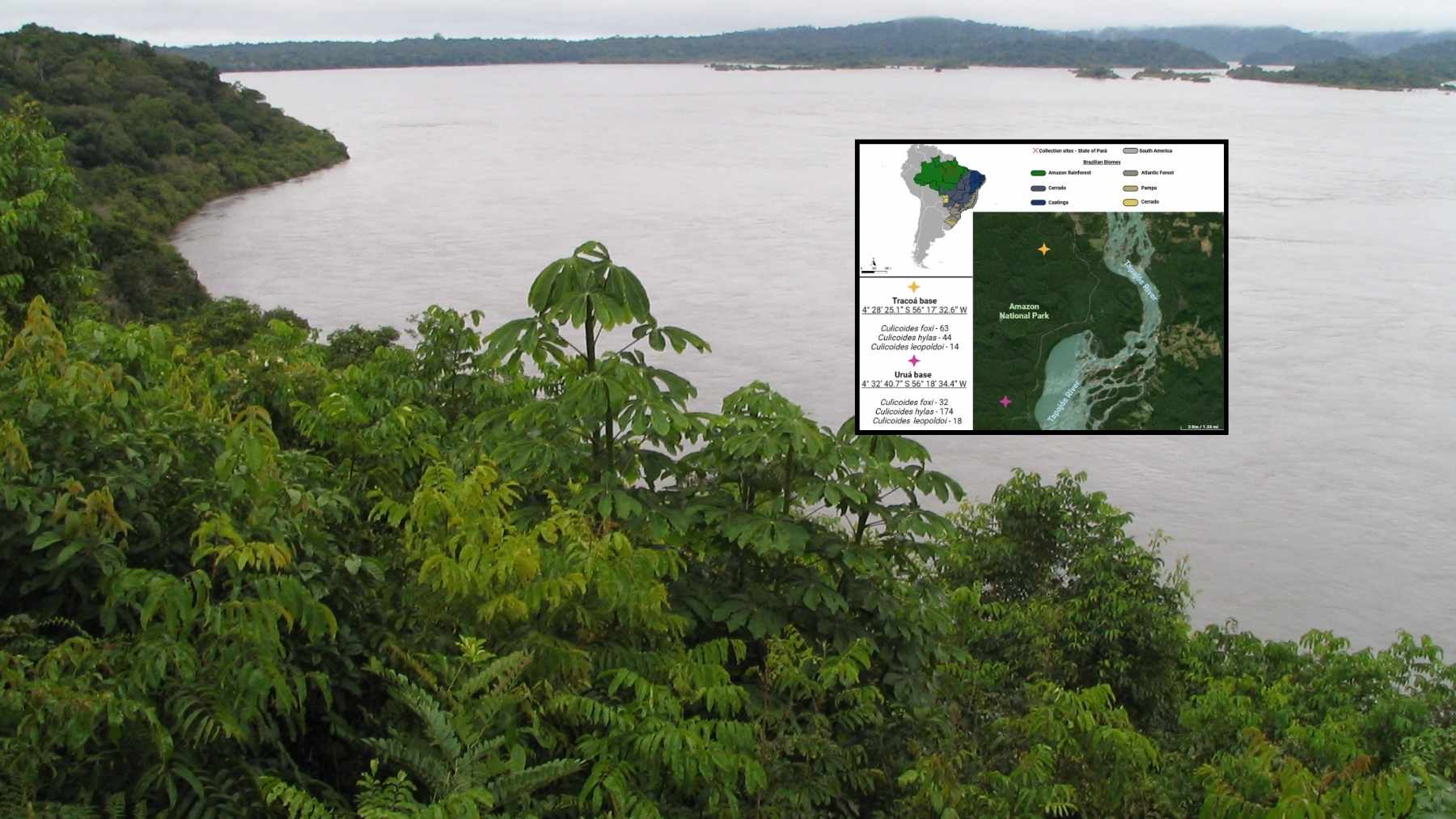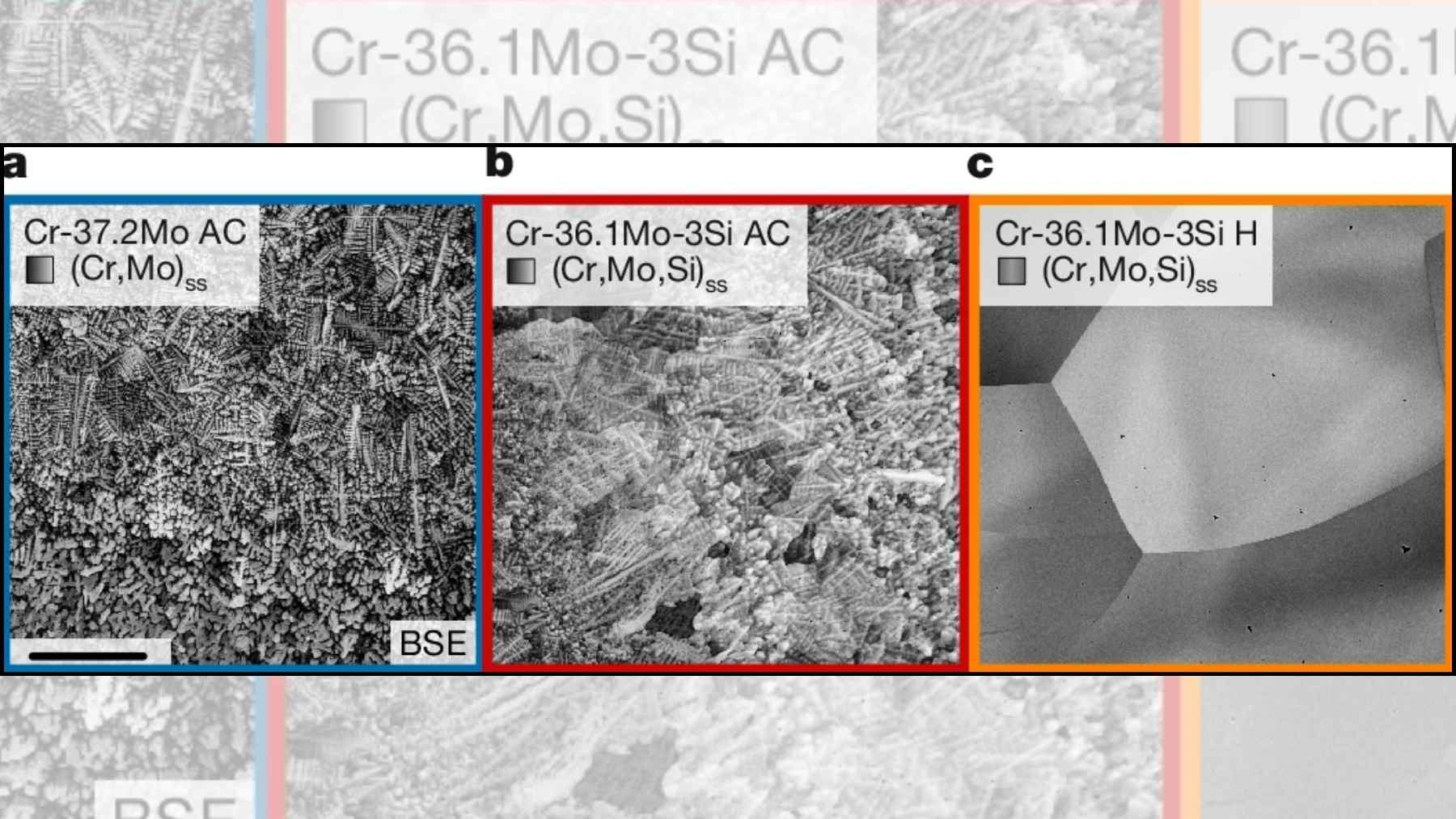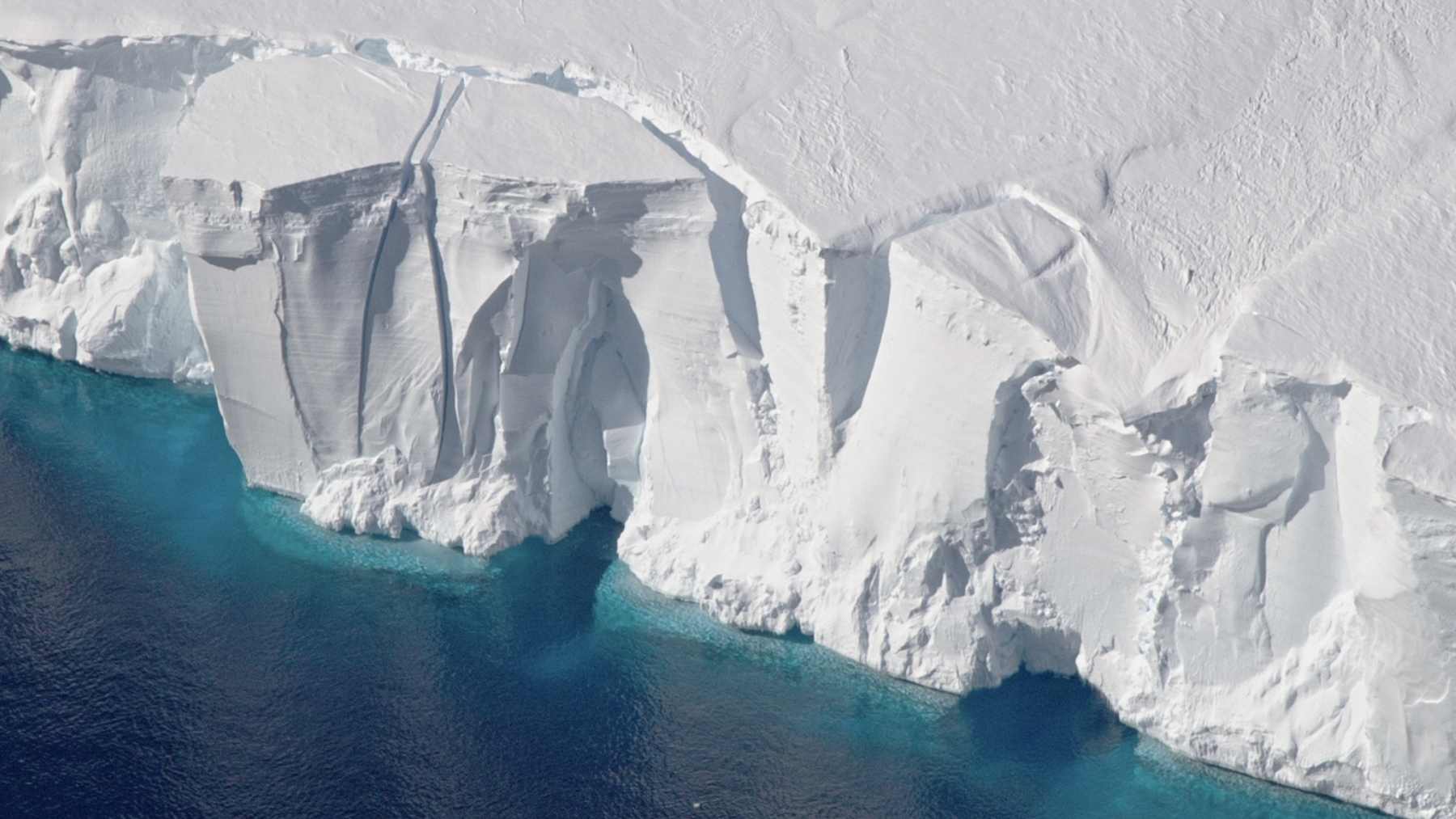Every now and then, the universe decides to surprise us. Astronomers point their telescopes to what they think will be ordinary patches of the sky… and then, bam! Something completely unexpected appears. That’s exactly what happened this spring when NASA announced an unknown object approaching Earth. No one has classified it as an immediate threat, but the intrigue among veteran scientists is telling. Could it be a fragment of an asteroid? A leftover piece from some ancient collision? Or maybe something completely out of the ordinary? Right now, all we know is that this unusual visitor has grabbed everyone’s attention.
NASA gets up close: what Lucy revealed about a cosmic dumbbell
The object was observed moving unusually, with its trajectory and brightness varying over time. Early images indicated a strange shape that defied simple description, but its true nature remained unclear. That was until NASA’s Lucy probe managed to photograph the object up close and provide us with more information.
The object we’re talking about is the asteroid Donaldjohanson. The high-resolution images revealed a smooth, clear surface, dotted with craters, especially on the larger lobe. To scientists’ surprise, Donaldjohanson is larger than previously thought, reaching almost eiht kilometers in length. According to Hal Levison, principal investigator of the Lucy mission:
“The asteroid Donaldjohanson exhibits incredibly complex geology.”
Its peculiar shape confirmed what some suspected: Donaldjohanson is likely a contact binary, the result of two smaller bodies colliding and sticking together roughly 150 million years ago.
A cosmic time capsule: what Donaldjohanson tells us about the early Solar System
It’s worth noting that discoveries like this aren’t just curiosities; they change our understanding of the history of the Solar System. Donaldjohanson offers a portrait of the primordial chaos that, over time, formed the planets. Among the most important details are:
- Surprising size: about 8 km long and 3.5 km wide.
- Slow rotation: actual rotation period of approximately 10 days; Lucy’s passage gave the impression of a faster rotation.
- Surface detail: crater concentrated in the larger lobe, smooth and clear in the smaller lobe.
- Ancient origins: likely a fragment of a large collision 150 million years ago.
Each piece of data helps refine models of planetary formation (and even helps us understand where the universe comes to life). If two small bodies could merge so stably, what does this tell us about the violent environment in which planets were born? It’s worth remembering that Donaldjohanson wasn’t Lucy’s primary target. NASA uses smaller encounters to test maneuvers and instruments before the main mission: Jupiter’s Trojan asteroids. Donaldjohanson, though secondary, proved to be a surprisingly information-rich test partner.
The journey continues: Lucy’s next stop and the secrets of Jupiter’s trojans
After this encounter, Lucy continues its journey through the asteroid belt, preparing for the main encounters. The first major target will be the Trojan asteroid Eurybates and its small moon Keta, scheduled for August 2027. And, unlike Donaldjohanson, the Trojans are virtually intact remnants of the early Solar System, orbiting Jupiter like four-billion-year-old time capsules. Tom Statler, Lucy program scientist, summed up the excitement:
“These early images of Donaldjohanson again show the tremendous capabilities of the Lucy spacecraft as an engine of discovery.”
If a secondary object has already revealed geology this surprising, imagine the treasure trove awaiting at the Trojans! Each encounter adds a puzzle piece to the cosmic story. Perhaps the biggest takeaway isn’t just about trajectories or energies, but about our ability to notice the extraordinary in the ordinary. Remember, Elon Musk himself has Jupiter as his next destination… so who knows what surprises humanity might witness firsthand in the coming decades?
